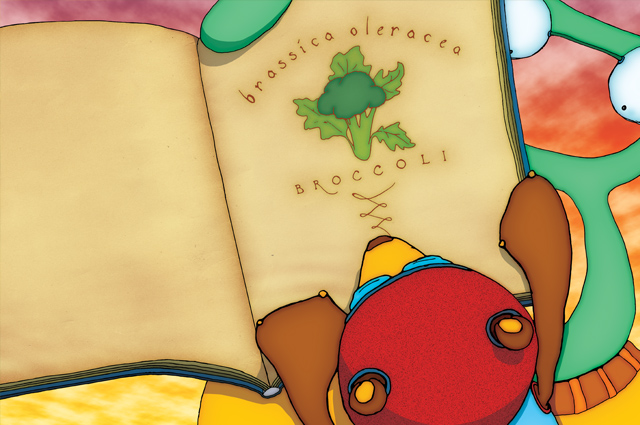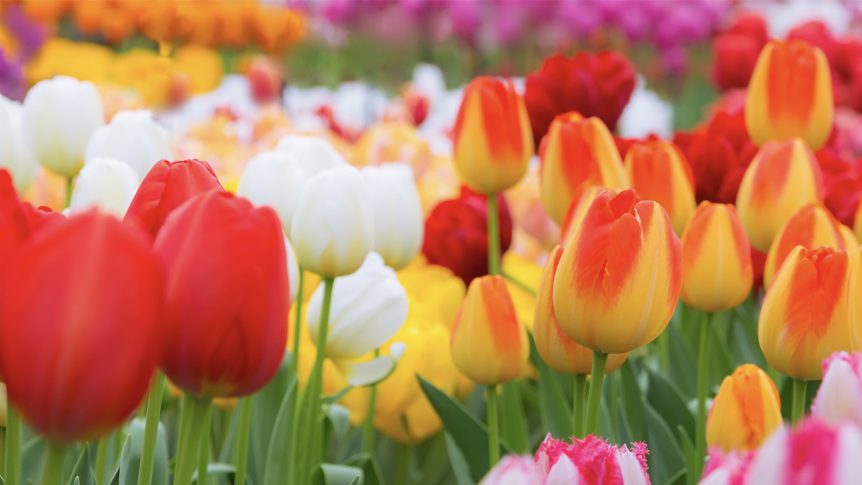Winter is over, dreary rainy days are done, and May brings us the flowers of spring. There are many ways to pique the interest of students through science and nature using flowers. Check out these fun facts about flowers:
- Flowers did not always exist; they first appeared 140 million years ago.
- Several centuries ago in Holland, tulips were more valuable than gold.
- Broccoli is actually a flower.
- Some plants such as orchids do not need soil to grow-they get all of their nutrients from the air (https://www.avasflowers.net/facts-about-flowers-for-kids)

Children love flowers and there are many ways to teach students about science using them. In the Quirkles series, Botanist Bert teaches his friends that broccoli is a flower that is good to eat. People eat all parts of the broccoli plant and most do not know that it is a flower and not a vegetable. Students may even be excited to try eating a flower instead of a vegetable! Botanist Bert loves to teach others about plants and how they grow. He shares his knowledge and love of gardening in his story.
Students can expand on their knowledge of plants through “Botanist Bert’s Colored Flowers” lab activity. Watch the video below to learn how this experiment demonstrates how flowers get water, nutrition, and grow.
For another take on plants, read the Fuddlebrook story A Big Gust of Wind.
Wind can be helpful or destructive. Strong winds can knock down trees, buildings, and power lines. Normal winds, however, carry pollen, seeds, and other items that are useful in keeping the environment growing. In this story, Mrs. Wigglebum helps students understand the importance of wind for the growth of plants. The wind brings rain clouds and moves pollen. Without the wind, flowers would not grow. Students actively learn about wind and how it moves items in “Herman’s Windy Day Activity.” Students will see what particles are being moved around and can discuss how pollen is important to plant growth.

So may you get outside and enjoy the beautiful month of May!

